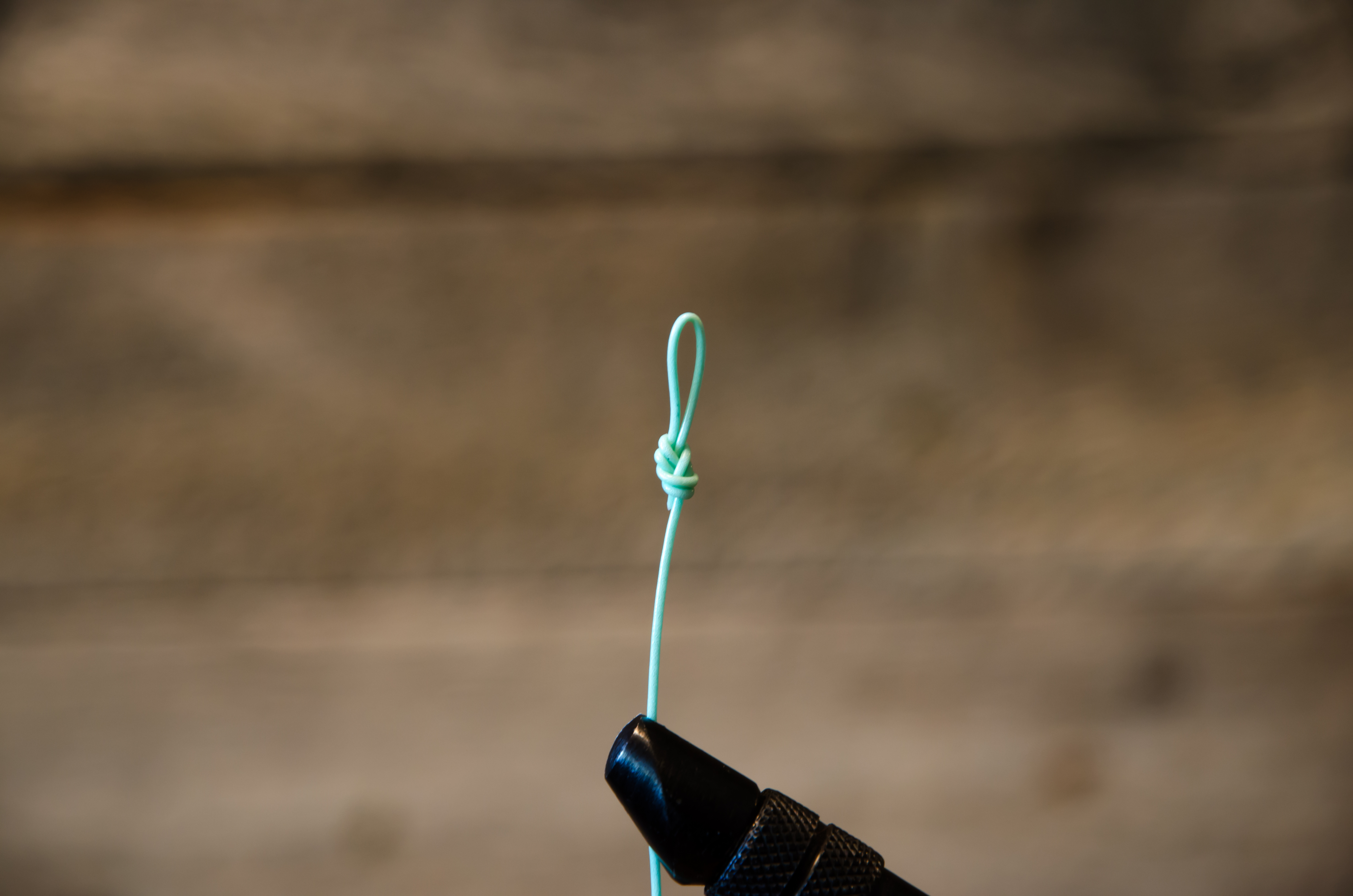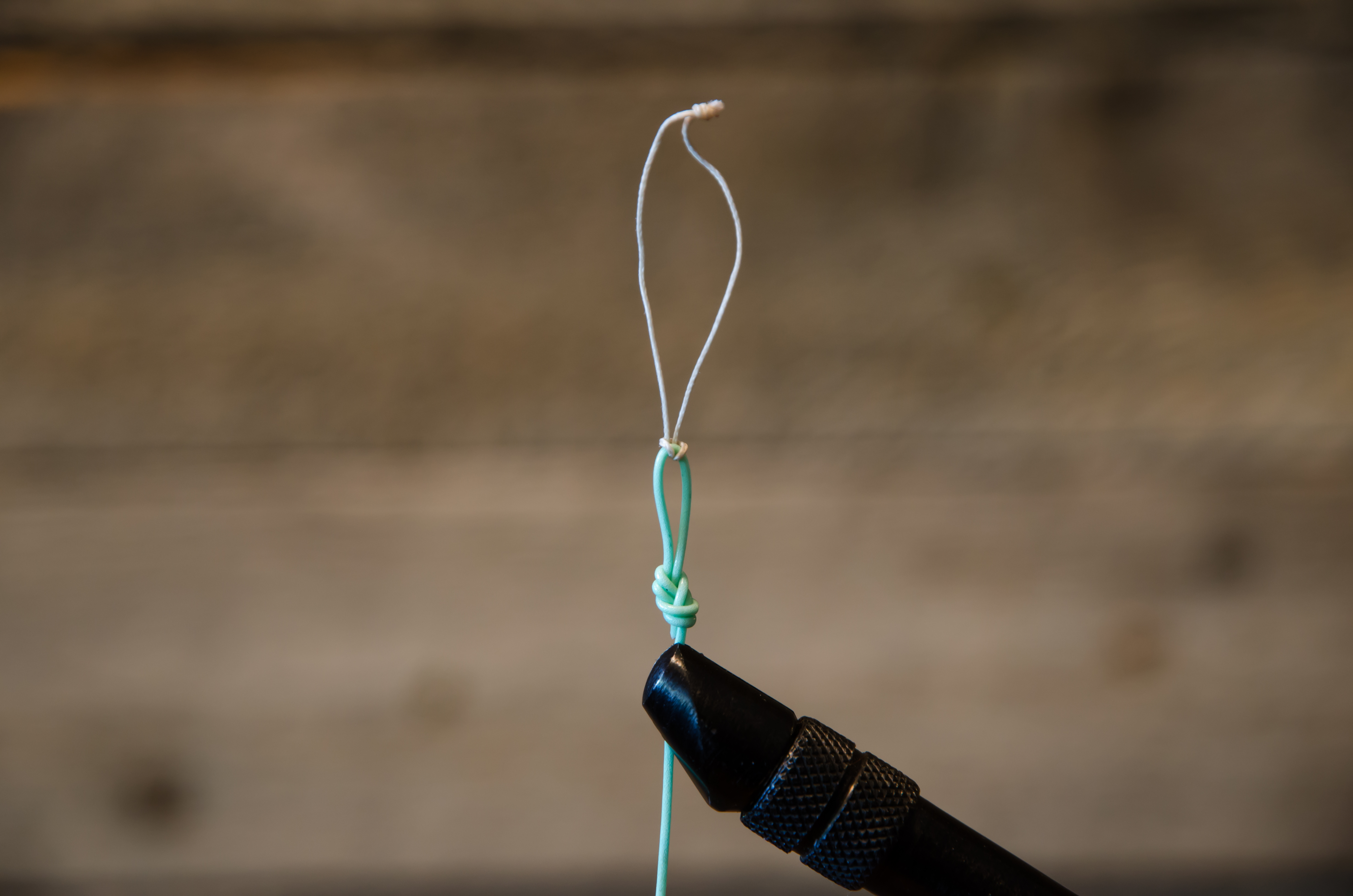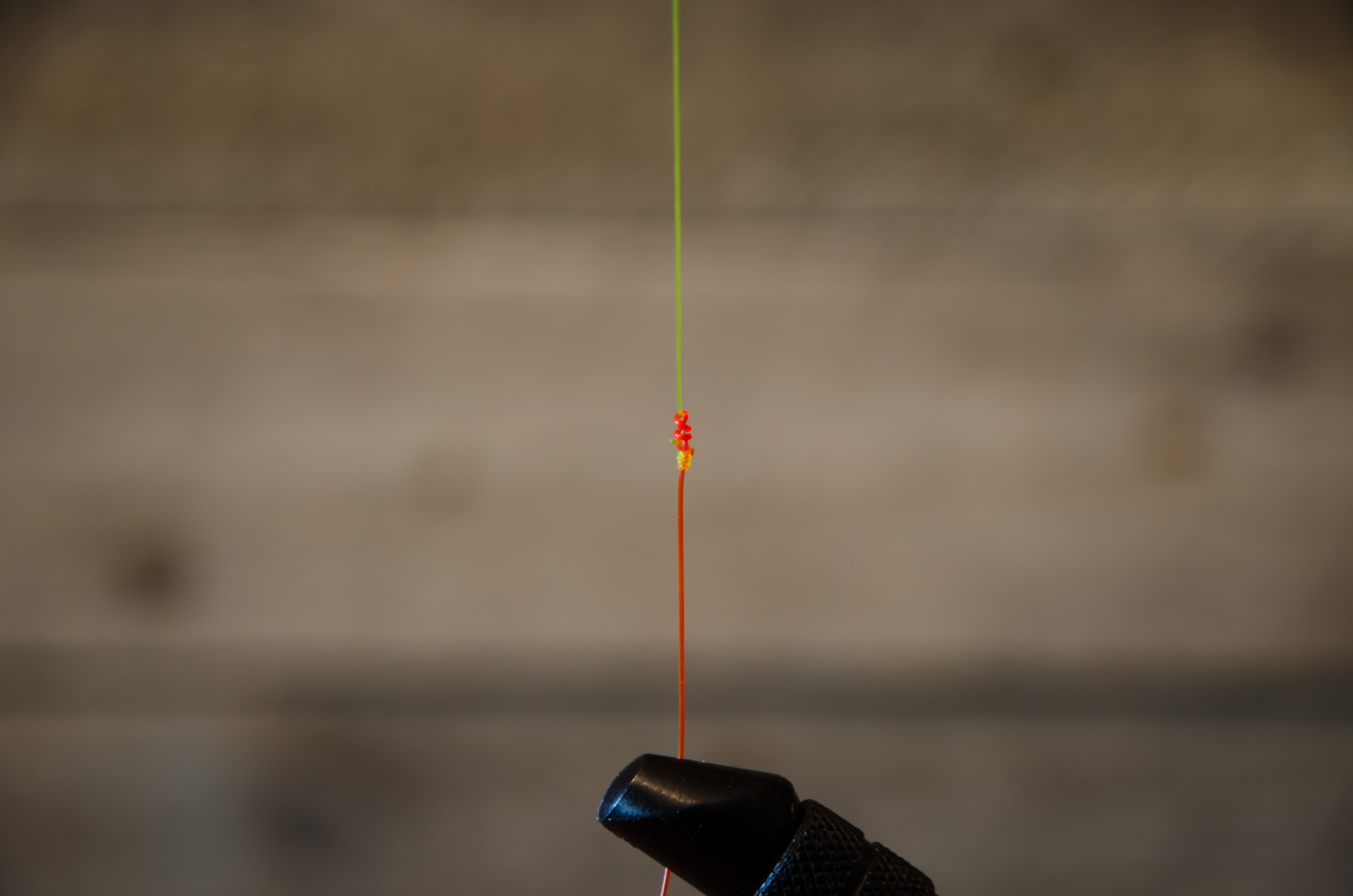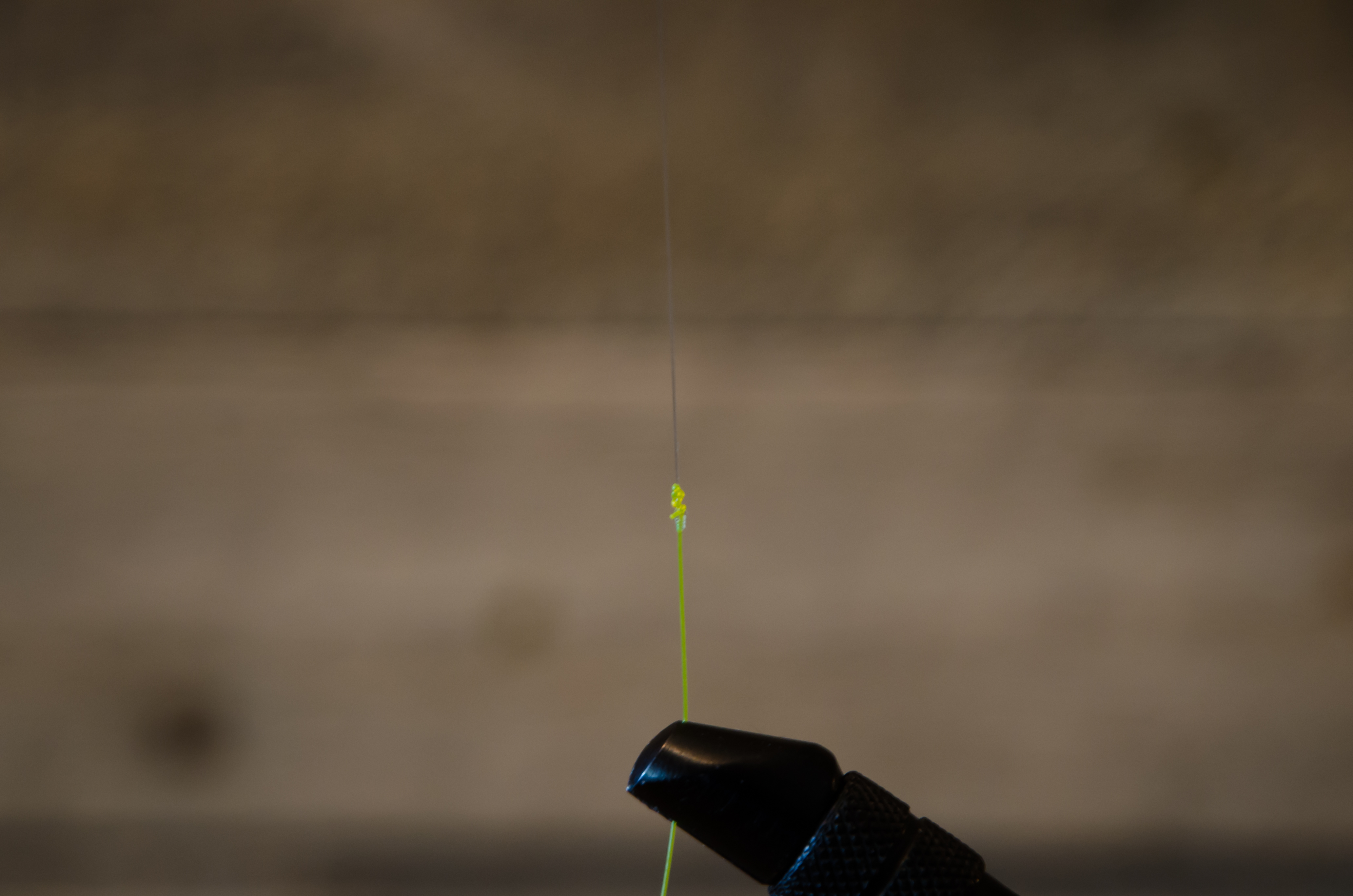DIY Floating Tenkara Line

Tenkara has been around and reliably catching fish, more or less unchanged, for centuries. Distilled to the basics – rod, line and fly – the design is every bit as beautiful as it is effective. Only a fool or an egoist would presume to “improve” upon the system’s classically simple, perfectly harmonized, nearly mystical trinity of elements.
Lucky for you, I’m just the guy to fix it. The line, in my humble opinion, is a real Achilles heel. Traditional braided lines are heavy, unwieldy and prone to unnecessary drag. The standard modern option is a level length of monofilament that’s decidedly unsatisfying to cast and difficult to track and manage in the water. If only there was an alternative that enjoyed the more admirable qualities of contemporary fly lines – castability, manageability, mendability and visibility just to name a few. Well hold onto your lillians, because not only is there such an alternative, but you can make it yourself.
DIY Floating Tenkara Line
What you’ll need…
Retired floating line, ideally 4 weight or smaller
Backing, just a few inches
20 # test mono, the stiffer and brighter the better
10 # test mono, softer, in a contrasting color
2 X tippet
4 X tippet
Step 1: Cut desired length from the level (not tapered), running portion of the floating fly line. Don’t worry if it’s not as slick as it once was. This is tenkara after all, it doesn’t need to run through any guides. Lengths from 10 feet to slightly longer than your rod are popular.
 Step 2: Tie a small loop in one end. A well dressed figure-eight follow through or figure eight on a bight works nicely for a hack like me. If you really want to be slick try this beauty instead.
Step 2: Tie a small loop in one end. A well dressed figure-eight follow through or figure eight on a bight works nicely for a hack like me. If you really want to be slick try this beauty instead.
Step 3 : Use a simple over-hand on a bight to join the ends of a three inch piece of nylon backing, forming a 1.5 inch loop.
 Step 4: Girth hitch (i.e. loop-to-loop) the backing loop to the floating line loop. When it comes time to attach your line to your rod, you’ll girth hitch this backing loop to the lilian, below a stopper knot, just like with traditional braided lines.
Step 4: Girth hitch (i.e. loop-to-loop) the backing loop to the floating line loop. When it comes time to attach your line to your rod, you’ll girth hitch this backing loop to the lilian, below a stopper knot, just like with traditional braided lines.
 Step 5: Secure the 20# mono to the other end of the floating line with an Albright knot.
Step 5: Secure the 20# mono to the other end of the floating line with an Albright knot.
 Step 6: Blood knot the 10# to the 20# about 4 inches down. The resulting two-tone taper makes a great sighter style strike indicator, greatly enhancing your subsurface fishing.
Step 6: Blood knot the 10# to the 20# about 4 inches down. The resulting two-tone taper makes a great sighter style strike indicator, greatly enhancing your subsurface fishing.
 Step 7: Blood Knot the 2X to the 10# 4 inches below that.
Step 7: Blood Knot the 2X to the 10# 4 inches below that.
Step 8: Repeat with 4X to 2X. You can either run the 4X to length or continue the taper after about a foot. Be sure in any case to leave enough 4X for future tippet additions. Re-bloodknotting tippet onto the 2X would be difficult with only 4 inches to work with. Alternately, one could attached a tippet ring after the 2X with a clinch knot.
Voila! You’ve just enhanced a timeless classic (you gauche S.O.B.). Make a few more in different lengths, and you’ll have your tenkara fishing bases covered. Empty tippet spools are handy for storing them when not in use. Now go catch some yamame!


Thank you. Yet another reason to save my old line. We use segments of line to teach knots required in fly fishing for boy scout merit badge. Now I can DIY my Tenkara plus I am thinking we should rig the cane poles we use in our TU chapter’s farm pond fishing events for local kids with fly line instead of mono. We can show them Tenkara-like casting for the bream and bass. Who knew?
That’s a great idea for an addition to what already sounds like a really cool cane pole program Ralph!
Interesting idea. I believe a version of this is on market. Truth be told I’m a furled guy myself. Partly because I make and design them. I fish two different lines, one designed for dries (Katana) and other designed for throwing nymphs (Oudachi soon to be released) . I prefer the way they present and turnover my fly.
Thanks Brandon. It looks like you make some really cool stuff. In all fairness, my experience with furled tenkara lines is pretty limited. I’ve long suspected that they had more potential than my lack-luster trial would suggest… probably the wrong line for my rod and/or fishing situation. I notice you have a number of different styles. What differentiates them from one another?